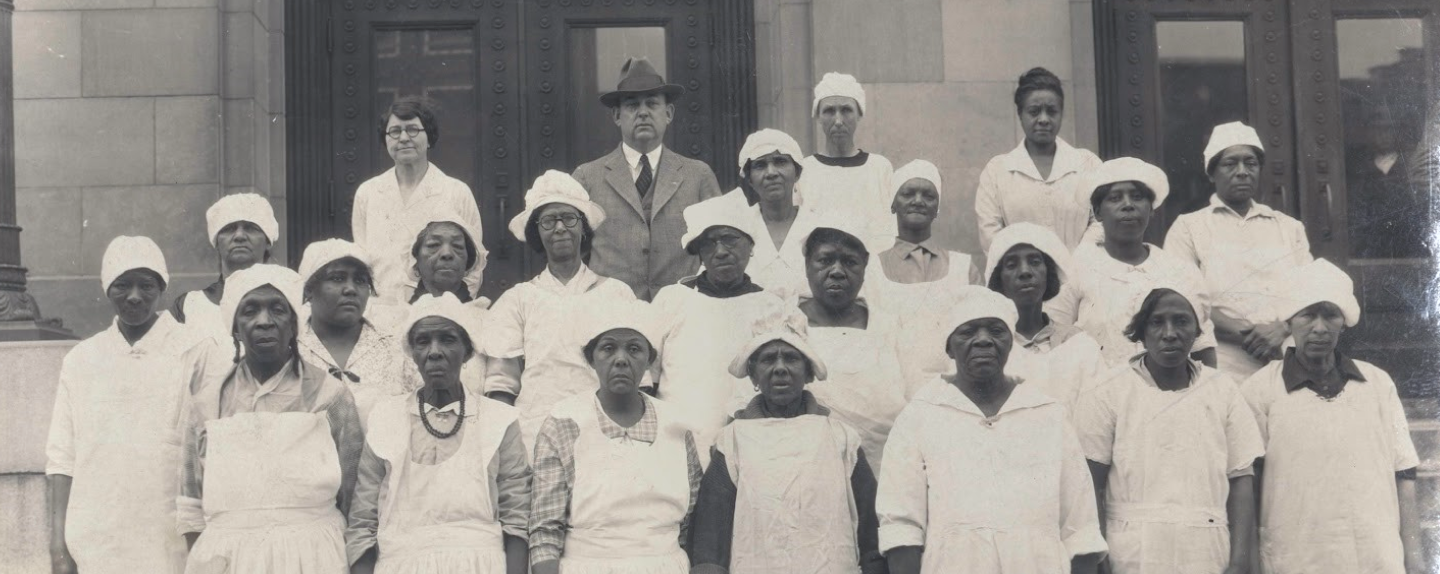Documenting Durham’s Health History seeks to illuminate the persistence of racial health disparities in Durham, North Carolina over the past century. It highlights four sequential case studies: tuberculosis before WWII, childbirth during hospital desegregation in the 1960s, the HIV epidemic in 1980s-1990s, and the recent surge of type 2 diabetes.
In each example, health authorities recognized a significant gap in health outcomes between the city’s white people and people of color. Yet they often failed to appreciate the role of cultural stigma or structural factors, such as employment and housing conditions and access to health care. This exhibit looks at each case study from multiple vantage points. While racial disparities characterize all four examples, each one illustrates how race intersects with other categories such as class, gender, sexual orientation, and neighborhood networks.
The Exhibit
Acknowledgements
Bull City 150
Trent Center for Bioethics, Humanities, & History of Medicine
DataWorks NC
Durham Public Health Department
Duke Medical Center Archives
Duke Department of Obstetrics and Gynecology
East Durham Children’s Initiative
Miel Design Studio
North Carolina Department of Health and Human Services
Partnership for a Healthy Durham
Rubenstein Rare Book & Manuscripts Library
Interviewees
Mary Baldwin
Anne Mulligan Barnes
Derrick Barnes
Dr. John Bartlett
Trish Bartlett
Patricia Blue
Maria Cortes
Wayne Lucius Day
L’Tanya Gilchrist
Dr. Charles Harris
Janice Johnson
David Jolly
Garry Lipscomb
Sue McKinney
Tim Moore
John Schelp
Keyanna Terry
student contributors
Kanav Chhabra
Chelsea Hamlet
Alexandra Paulenich
Suzanna Larkin
Michelle Li
Bianca Rochelle
Daniel Crair
Dillon Leovic
Katie Waeldner
Sujeiry Jimenez
Meghana Iragavarapu
Brian Rhee
bass connections team leaders
Dr. Jeffrey Baker
Jessica Hauger
Dr. Robert Korstad
Melissa Norton
Felicity Palma
Nikki Vangsnes
This project was made possible by a grant from Duke University Bass Connections.




